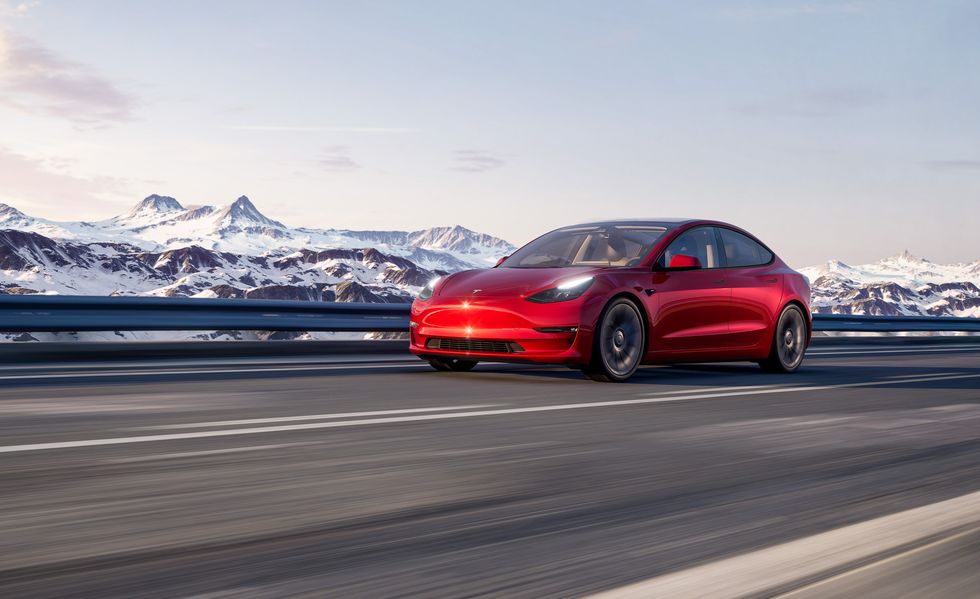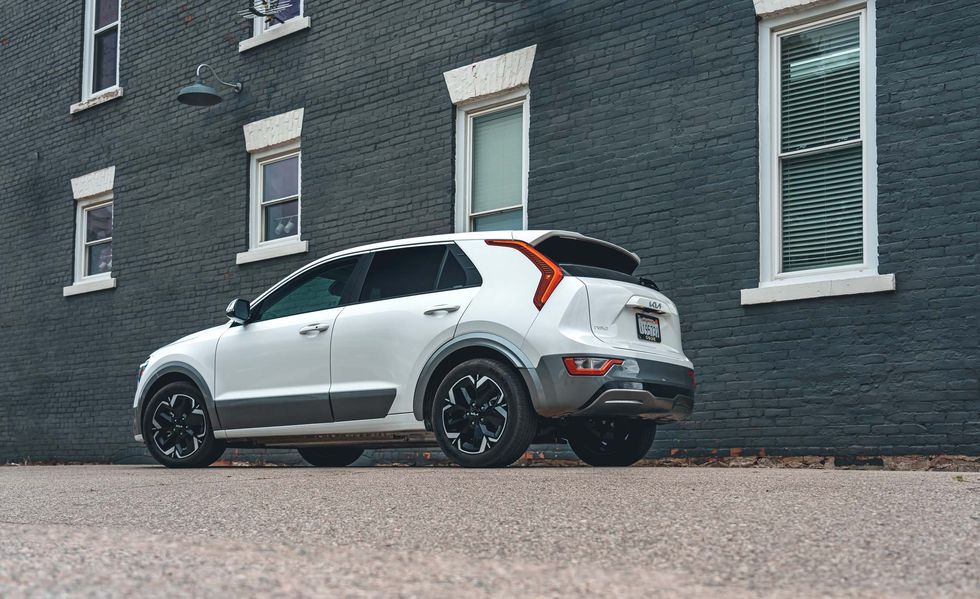- Hyundai sold just under 4 million vehicles in 2022, but big changes are looming as the parent company aims high in the EV world.
- Hyundai wants to be a “top three EV manufacturer” in 2030, but exactly how the company is defining that list is vague.
- What we can say is that if the Hyundai Motor Group wants to sell 3.6 million EVs in 2030, it’s going to have to put in the work. The competition will not be resting.
The Hyundai Motor Group wants to move on up in the world. The Korean company is objectively winning the “How ’bout these cool electric vehicles?” challenge all the automakers are playing these days, but it wants more. Hyundai Motor Group (HMG) announced earlier this month that it wants to be a “Top 3 EV manufacturer” by 2030.
Exactly what that means is a bit difficult to define, and even Hyundai isn’t willing to say publicly which companies it is targeting. Tesla is obviously the world’s number-one EV company, but they’re not alone. Will Hyundai include China-only domestic brands, especially companies like the Shanghai Automotive Industry Corporation (SAIC Motors) that sell their fair share of city EVs? Or does Hyundai want to be considered in the top three, no matter which companies you look at?
Who Even Are the Top Three?
We asked whom Hyundai considers its competition here, but HMG spokesperson Seoyong Choi told Car and Driver, “We do not comment on other automakers.” Choi did say that the company will measure the “global top three” EV sales company goal as including both passenger cars and commercial vehicles from HMG’s three brands: Hyundai, Kia, and Genesis. HMG will offer more than 30 EV models in 2030.
So, instead, let’s look at the overall EV sales numbers. To put them in perspective and appreciate the magnitude of Hyundai’s plans, let’s take stock of where things are today. Globally, sales of plug-in vehicles dramatically increased in 2021, with total sales of EVs and PHEVs roughly doubling from their 2020 numbers.
Despite the start of the pandemic, annual EV sales in 2020 were relatively stable compared with the preceding years, according to
International Energy Agency data. Roughly 2.7 million EVs were sold in China in 2021, almost half a million in the U.S., and 1.2 million in Europe. Choi said that HMG plans to produce and sell 3.6 million EVs around the world in 2030. The Hyundai brand sold 3.9 million vehicles, of all powertrain types, in 2022 and expects to sell 4.3 million vehicles in 2023.
Tesla Is Still on Top
What about Hyundai’s competition? The global EV leader, Tesla, sold 1.3 million vehicles in 2022, and despite the continued news surrounding CEO Elon Musk’s actions over at Twitter, Tesla sales remain strong. Given Musk’s behaviors, we won’t predict where things will stand in 2030, but no one should expect Tesla to fade away. Ford, GM, and Volkswagen have all made big strides in their EV game in recent years, with VW saying it wants half of its sales to be electric by 2030. VW sold 4.5 million vehicles in 2022. We’re also still waiting to see where Chinese companies with international ambitions like BYD might land between now and the end of the decade.
Made in Korea—and in U.S.
Selling more EVs will require building new EV plants or expanding those operating today, but Choi wouldn’t say how many new plants could still be announced and constructed in time for the 2030 deadline. HMG did say it will spend $18 billion to expand the EV sector in Korea, including money for new plants, and that it expects 1.5 million of the 3.6 million EVs HMG will build and sell in 2030 will be made in Korea. In 2022, HMG announced a new plant dedicated to building purpose-built EVs like the Niro Plus, an electric model that will be used as both a general model and a zero-emission taxi in Korea.
In the U.S., Hyundai broke ground on a new EV plant in Georgia last October and said it would be able to produce up to 500,000 EVs a year. It seems like HMG will need to expand capacity somewhere to hit the “Top 3” target, but all Choi would say is, “We are reviewing various scenarios to respond flexibly to the market situation.”
Hyundai will also be a bit more flexible when it comes to vehicle design thanks to a next-generation, dedicated passenger EV platform called eM, which will be introduced in 2025, that fits inside Hyundai’s Integrated Modular Architecture (IMA) system. Vehicles built on platforms that use IMA will be able to use standardized batteries and motors “to increase product development speed and efficiency,” Hyundai said.
This content is imported from poll. You may be able to find the same content in another format, or you may be able to find more information, at their web site.
Contributing Editor
Sebastian Blanco has been writing about electric vehicles, hybrids, and hydrogen cars since 2006. His articles and car reviews have appeared in the New York Times, Automotive News, Reuters, SAE, Autoblog, InsideEVs, Trucks.com, Car Talk, and other outlets. His first green-car media event was the launch of the Tesla Roadster, and since then he has been tracking the shift away from gasoline-powered vehicles and discovering the new technology’s importance not just for the auto industry, but for the world as a whole. Throw in the recent shift to autonomous vehicles, and there are more interesting changes happening now than most people can wrap their heads around. You can find him on Twitter or, on good days, behind the wheel of a new EV.


